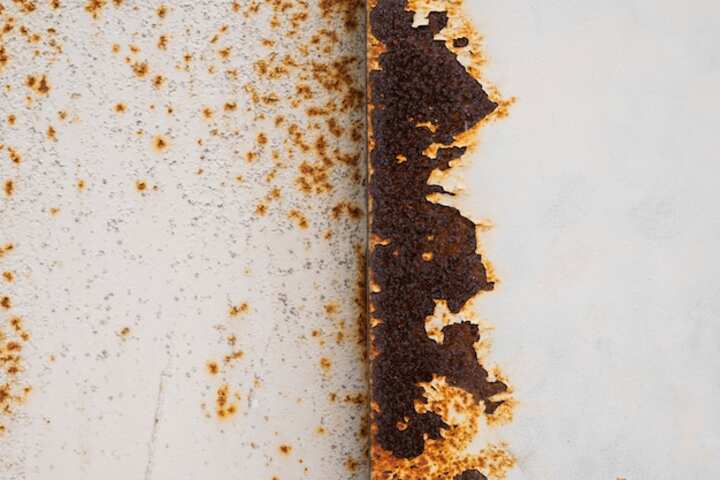
Comprehensive Mold Damage Repair Affordable Restoration Services
Mold damage is a prevalent issue that affects numerous homes and businesses, leading to potential health risks and structural damage. As awareness of these risks increases, the demand for comprehensive mold damage repair and affordable restoration services continues to grow. Understanding the complexities of mold remediation can empower property owners to make informed decisions about protecting their investments and ensuring a safe environment for occupants.
Understanding Mold Damage
Mold damage occurs when mold spores, which are naturally present in the environment, encounter moist conditions conducive to their growth. This can take place in various parts of a building, including walls, ceilings, and floors. Mold not only affects the structural integrity of a property but also poses health risks to its occupants, such as respiratory issues and allergic reactions.
Common Causes of Mold Growth
- Leaking roofs or windows
- Poor ventilation
- Plumbing leaks
- Flooding or water damage
- Excessive humidity
Addressing these issues promptly is crucial to prevent mold from spreading and causing extensive damage.
Steps in Mold Damage Repair
Effective mold damage repair involves a systematic approach to ensure thorough remediation and restoration. Here are the key steps typically involved in the process:
1. Inspection and Assessment
A professional inspection is necessary to identify the extent of mold damage and the underlying causes. This step often includes moisture mapping and air quality testing to provide a comprehensive assessment of the affected areas. Learn more in this detailed guide.
2. Containment and Air Filtration
To prevent the spread of mold spores, containment is established using physical barriers and negative air pressure. High-efficiency particulate air (HEPA) filtration systems are used to clean the air and trap spores during the remediation process. Explore further insights here.
3. Removal of Mold and Mold-Infested Materials
All visible mold and affected materials are carefully removed following industry standards. This may include drywall, insulation, and carpeting. The use of specialized cleaning agents ensures thorough decontamination. Read more about this topic.
4. Repair and Restoration
After mold removal, the next step is to repair and restore the affected areas to their original condition. This can involve rebuilding structures, replacing damaged materials, and applying mold-resistant products to prevent future growth. Find additional information here.
Choosing Affordable Restoration Services
When seeking mold damage repair services, affordability is a significant concern for many property owners. It is essential to balance cost with the quality of service to ensure effective and lasting results.
Factors to Consider
- Experience and credentials of the service provider
- Comprehensive service offerings
- Use of advanced technology and equipment
- Transparent pricing and no hidden fees
- Customer reviews and references
Researching and comparing different service providers can help identify the best options for affordable and reliable mold damage repair. Learn more in this detailed guide.
Preventing Future Mold Growth
Prevention is always better than cure. Implementing preventive measures can help mitigate the risk of future mold problems:
- Maintain proper ventilation in all areas of the property
- Regularly inspect and repair any water leaks
- Use dehumidifiers in high-humidity areas
- Ensure proper drainage around the property
- Promptly clean up and dry any spills or water damage
By understanding the importance of preventive measures and selecting an affordable, professional restoration service, property owners can effectively manage mold damage and protect their investments. Explore further insights here.